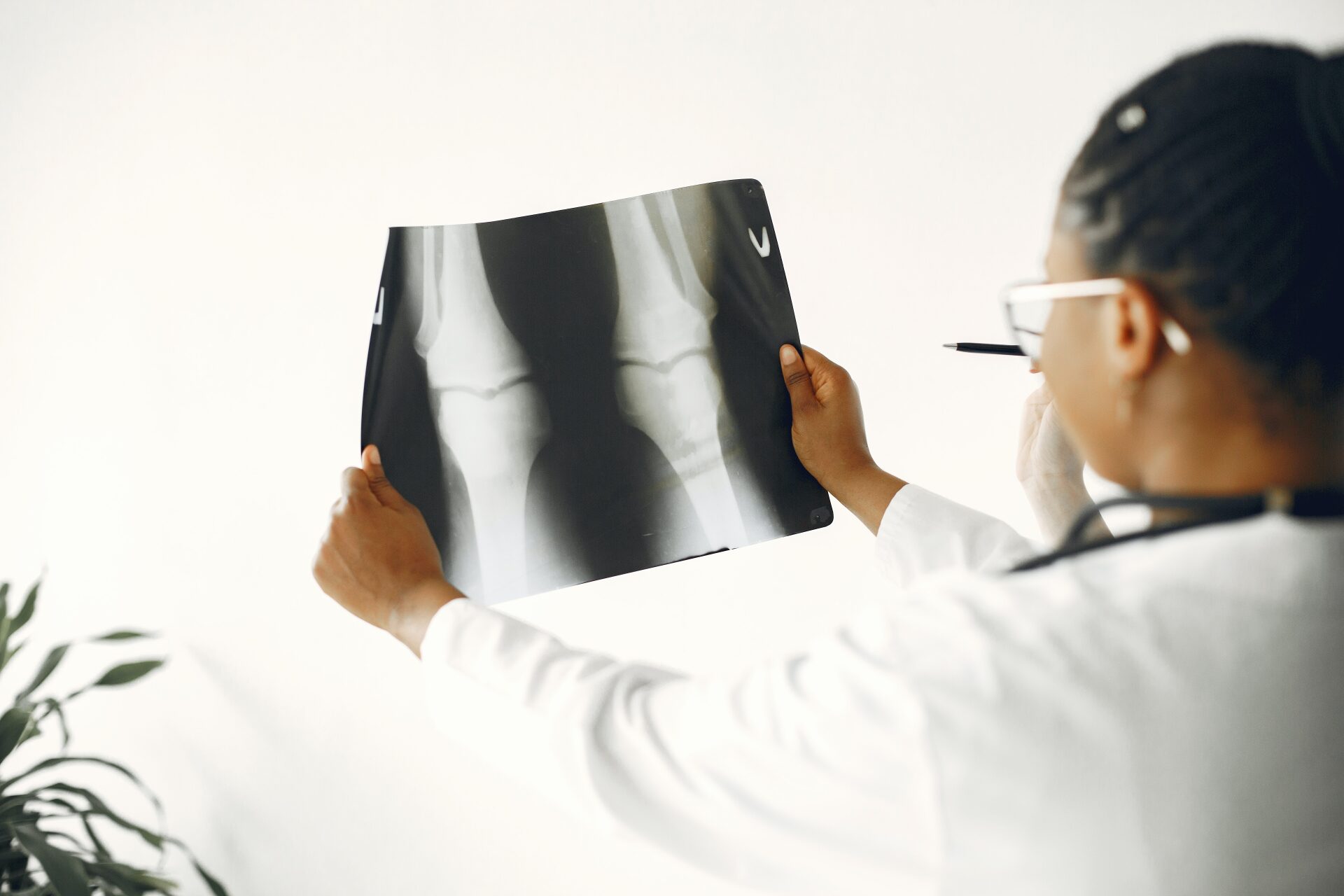Endoprosthesis, or joint replacement surgery, is a transformative procedure that involves replacing damaged or diseased joints with artificial implants, relieving chronic pain and restoring mobility. The preparation for endoprosthesis typically includes a comprehensive evaluation by an orthopaedic specialist, including medical history, physical examination, and imaging tests like X-rays and MRI. Good candidates for this procedure are individuals suffering from severe joint pain, limited mobility, and joint damage due to conditions such as osteoarthritis or rheumatoid arthritis. The treatment itself involves a surgical intervention to remove the damaged joint surfaces and replace them with prosthetic components made from durable materials like metal and plastic. Following the surgery, patients undergo a personalized rehabilitation program to regain strength, flexibility, and function. Physical rehabilitation after endoprosthesis is a crucial aspect of the recovery process. Depending on the patient's specific needs, the rehabilitation may involve exercises to improve joint range of motion, muscle strength, and overall mobility. Rehabilitation specialists work closely with patients to design a tailored program that progresses as they regain strength. The recovery period varies depending on individual factors but often takes several weeks to months.
Arthroscopy, a minimally invasive procedure, enables orthopaedic surgeons to diagnose and treat joint problems using a small camera called an arthroscope. The preparation for arthroscopy involves a detailed examination of the joint through physical evaluation, medical history, and sometimes additional imaging like MRI or CT scan. Ideal candidates for this procedure are individuals experiencing persistent joint pain, swelling, or limited joint function caused by conditions such as torn ligaments, damaged cartilage, or loose bone fragments within the joint. During the arthroscopic procedure, small incisions are made to insert the arthroscope and specialized surgical tools to address the issue directly. Since arthroscopy is less invasive than traditional open surgery, patients typically experience reduced pain and faster recovery. Post-operative physical rehabilitation plays a vital role in optimizing the outcomes of arthroscopy. Rehabilitation may include exercises to improve joint stability, flexibility, and functional strength. Physical therapists collaborate with patients to create a rehabilitation plan tailored to their specific needs, guiding them through exercises that facilitate healing and enhance joint function. The post-operative recovery period varies depending on the extent of the procedure but usually involves several weeks of structured rehabilitation.
Stem cell therapy has emerged as a promising frontier in orthopaedics, harnessing the body's natural healing potential to repair damaged tissues and promote regeneration. The preparation for stem cell therapy involves a thorough evaluation by an orthopaedic specialist to determine the suitability of the procedure for the patient's condition. Good candidates for this treatment are individuals with musculoskeletal injuries or degenerative conditions who have not responded to conservative treatments or are seeking alternatives to surgery. The stem cell therapy procedure often requires harvesting stem cells from the patient's bone marrow or adipose tissue, which are then concentrated and injected into the affected area to stimulate tissue repair. While stem cell therapy itself does not usually require extensive rehabilitation, patients may benefit from guided exercises and physical therapy to support the healing process and optimize outcomes. Depending on the specific condition being treated, patients might undergo several weeks of rehabilitation to ensure the best possible recovery.
As orthopaedics continues to evolve and embrace technological innovations, these services are revolutionizing the way musculoskeletal disorders are managed, providing patients with new hope for a pain-free and active lifestyle. The success of each treatment depends on early diagnosis, careful patient selection, and adherence to post-treatment rehabilitation protocols, ensuring optimal outcomes and improved overall patient well-being.
